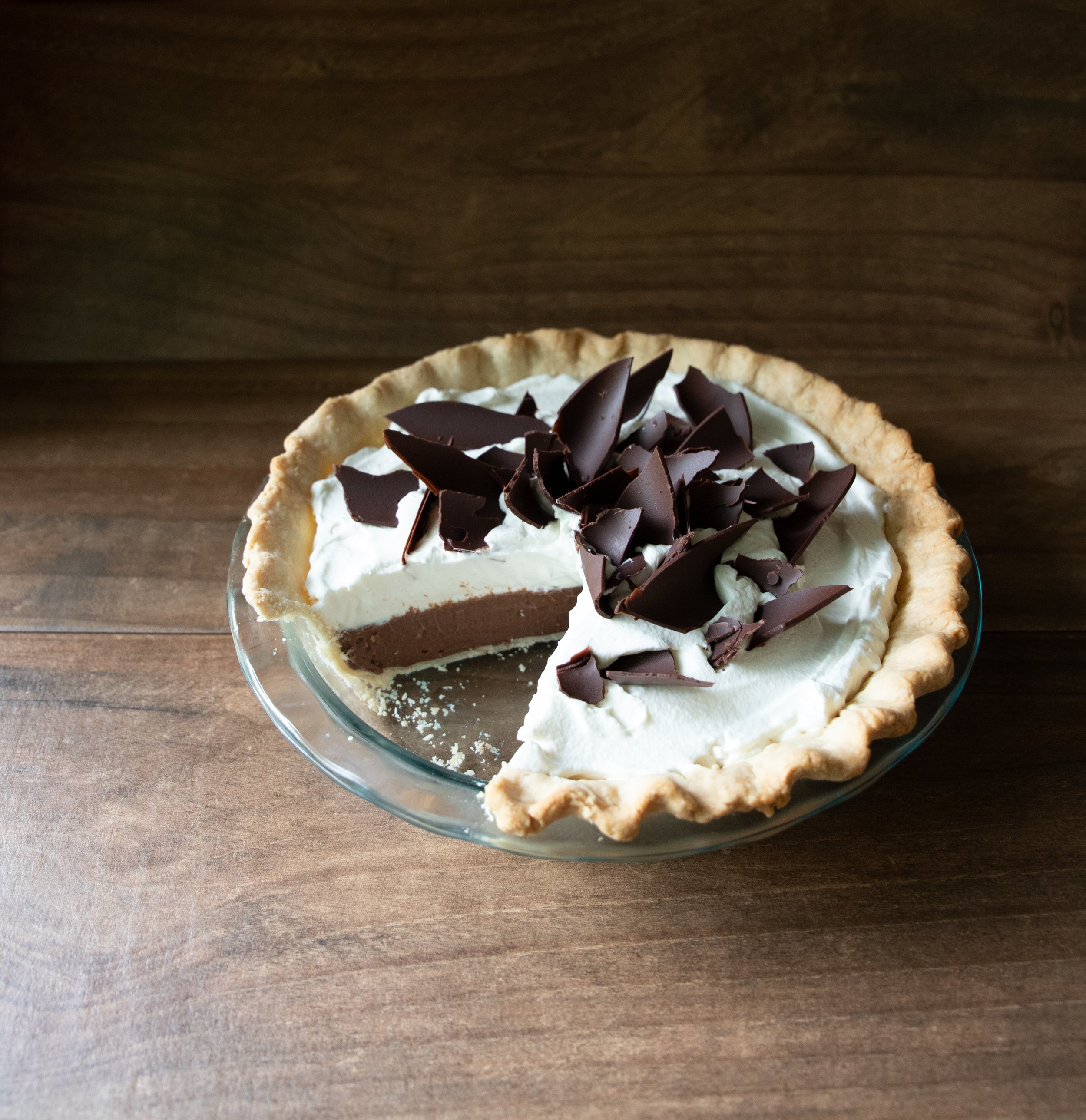
Pies & Tarts Instructor Resources
Pies & Tarts Student Printables
This document contains all the Pies & Tarts Unit printables except password-protected documents (e.g., unit test & instructor answer keys).
Lesson 1
Comprehension Check 4.1 Answers
Any two of the following responses:
Vents in the Top Crust, Lattice Top Crust, Streusel Top Crust, or Pie Bird
Tapioca
False
It prevents the meringue from shrinking away from the sides during baking.
To promote caramelization.
Multiply 8 times 3.14.
Lesson 2
The Gingersnap crust should have fairly evenly sized particles with no large chunks. It’s tricky to get a perfectly even thickness, but there shouldn’t be any obvious bulges. The top edge should be reasonably tidy, and there should be a modest increase in thickness where the bottom and sides meet. The fragrance should be pleasantly toasty—not burnt. If the sides slope down during cooking, they can be patted back into position with the back of a spoon while the crust is still hot.
This crust will be used for the Key Lime Pie in Lesson 4, so it should be covered with plastic wrap and stored in the refrigerator.
Lesson 3
Using identical funnels and jars aids the integrity of this experiment, but it’s not essential. The student needs to be ready to whip the marshmallows into the cream while they’re still malleable so they’ll mix in thoroughly. If the experiment was performed correctly, there should be far less drained cream in the jar with the stabilized sample than in that of the control. Experiment 4.1 Lab Report Answer Key Note that this answer key is just one example of what the lab report could look like. Individual submissions will vary.
Lesson 4
This is practically a no-fail recipe. It’s important to let the filling cool completely before topping with the whipped cream and to chill the pie as directed afterward. Pie slices should hold their shape when served.
Lesson 5
While this recipe isn’t difficult, attention to detail makes a big difference. The filling needs to cool completely before assembling the hand pies. The puff pastry needs to be thawed but cold. Rolling the pastry into an even square, cutting it into even pieces, and folding it so the edges line up all improve the appearance of the pies. The filling should be kept away from the margins, and the egg wash shouldn’t drip off the edges in a puddle. Freezing the pies as directed makes it easier to cut the vents and promotes a proper puff during baking.
The final result should be golden brown pies with a crunchy exterior, a soft but not doughy interior, and a tidy, uniform appearance.
Lesson 7
Students who take this activity seriously will have a head start on creating beautiful pie crust edges. Practicing with Play-Doh allows them to get the hang of crimping without overworking actual pie crust dough and making it tough. Our examples provide a few methods to try, but students may want to explore alternative ways to add flourish to their pastry edges.
Lesson 9
The crust should be golden brown and well-baked to avoid a soggy bottom. Tempering the eggs as directed will prevent them from scrambling when added to the hot milk and sugar mixture. The filled pie should be completely chilled before topping with whipped cream. There’s no right or wrong way to arrange the chocolate shards, but keeping them chilled until ready to use and positioning them with tweezers will help them keep their shape during assembly. Pie slices should hold their shape when served.
Lesson 10
The conclusions from this activity are subjective. It’s meant to give students a suite of options to choose from when baking pies in the future, whether sweet or savory.
Lesson 11
The folds that form the edge of the crust for this galette should be wide enough to hold everything in place but still leave most of the fruit exposed. Our version results in fruit that’s moderately tender. Students may opt to par-cook the slices for softer apples.
Lesson 12
Melted sugar is extremely hot, so students should exercise care to avoid spills and spatters when making this caramel sauce. Inexperienced cooks may need to wear kitchen gloves. Students should also resist the temptation to swipe their fingers in any drips to try a taste. The caramel bubbles up dramatically at a couple of stages in the recipe, so a pan of ample size should be used.
The caramel sauce should be copper colored with a buttery/brown sugar aroma.
Lesson 13
The pears in this pie should be tender. The top crust should be woven in a lattice pattern—not just laid out criss-cross. The edges of the crust should be crimped, but this pie lends itself well to a more rustic approach with lots of craggy bits.
Lesson 14
The crust should be tender and patted into an even layer. The filling should be soft, but should hold its shape when sliced.
Lesson 15
The Unit Tests are password protected to prevent students from getting a sneak peek in advance.
The password for the Pies & Tarts Unit Test is pastry. Please keep this password private.

